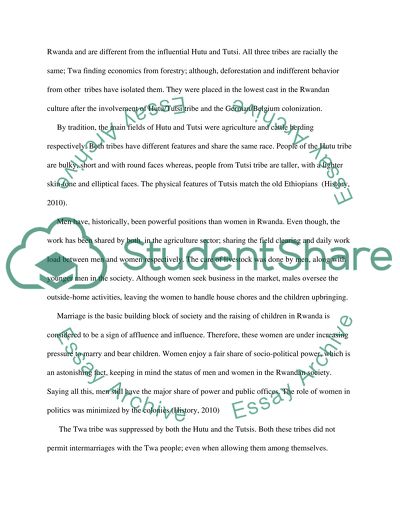Cite this document
(“Gender Stratification and Women in Developing Nations Essay”, n.d.)
Retrieved from https://studentshare.org/family-consumer-science/1416363-gender-stratification-and-women-in-developing
Retrieved from https://studentshare.org/family-consumer-science/1416363-gender-stratification-and-women-in-developing
(Gender Stratification and Women in Developing Nations Essay)
https://studentshare.org/family-consumer-science/1416363-gender-stratification-and-women-in-developing.
https://studentshare.org/family-consumer-science/1416363-gender-stratification-and-women-in-developing.
“Gender Stratification and Women in Developing Nations Essay”, n.d. https://studentshare.org/family-consumer-science/1416363-gender-stratification-and-women-in-developing.


